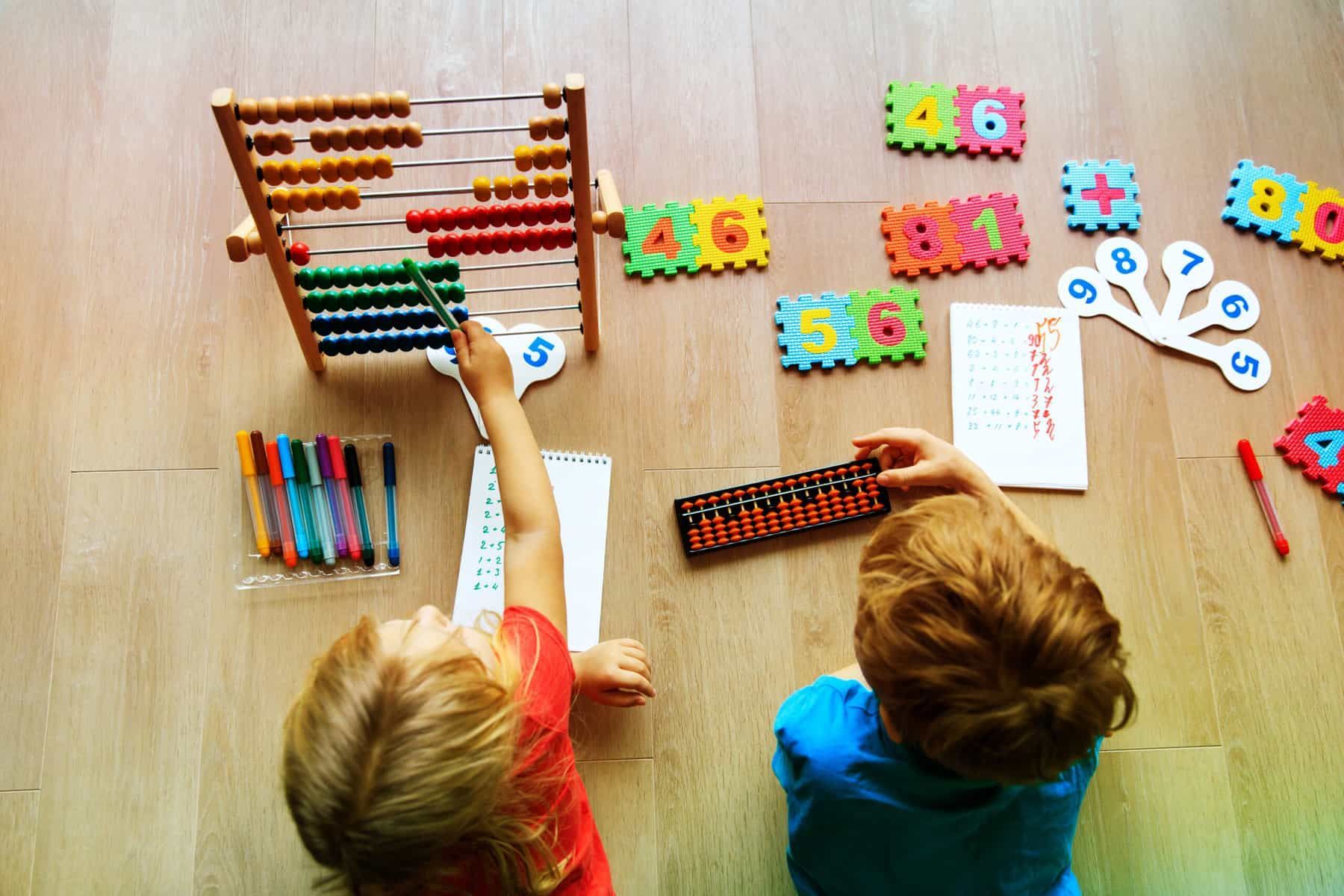Parent's Guide
Welcome! At MaMath, we believe that every child has the potential to build a positive relationship with mathematics. This guide is designed for you, the parent, to provide simple, effective strategies for supporting your child's learning journey at home. Inside, you'll find tools to foster curiosity, confidence, and a joyful approach to numbers.
Section I: 5 Questions to Ask Instead of "Is It Correct?"
- “Can you show me how you got that?”
- This question values their reasoning over their answer. It shows you are interested in hearing their process, validating their effort.
- “What did you notice/what was the most interesting part about this problem?”
- This question helps you understand what they enjoy or what they struggle with.
- “How can you be sure your answer makes sense?”
- This helps develop your child’s self-checking and estimation skills, building their mathematical intuition.
- “Is there another way you could solve it?”
- This allows flexible thinking and creativity. If they were right, it deepens their understanding. If they were wrong, it allows them to check themselves and find a different strategy without feeling shame for getting something wrong.
- “What did you learn from this problem?”
- This shows that each problem is a valuable learning experience, and reinforces a growth mindset.
Section II: Toys for Hands-On Math Learning
• Magnetic Tiles (e.g., MagnaTiles, Picasso Tiles): Excellent for exploring 2d and 3d shapes, symmetry, area, and patterns.
• LEGO or Building Blocks: Perfect for modeling fractions, multiplication (building arrays), and spatial reasoning.
• Deck of Cards: Use them for the addition/subtraction game “war”, practicing number recognition, or creating number-line games. Remove face cards for younger children.
• Dice: These are perfect for quick addition and multiplication. For older kids, you can use them to model probability and statistics.
• Abacus: This tool helps build a strong ‘number sense’ by reinforcing concepts such as counting, addition, and subtraction.

Section III: A Math-Friendly Home

